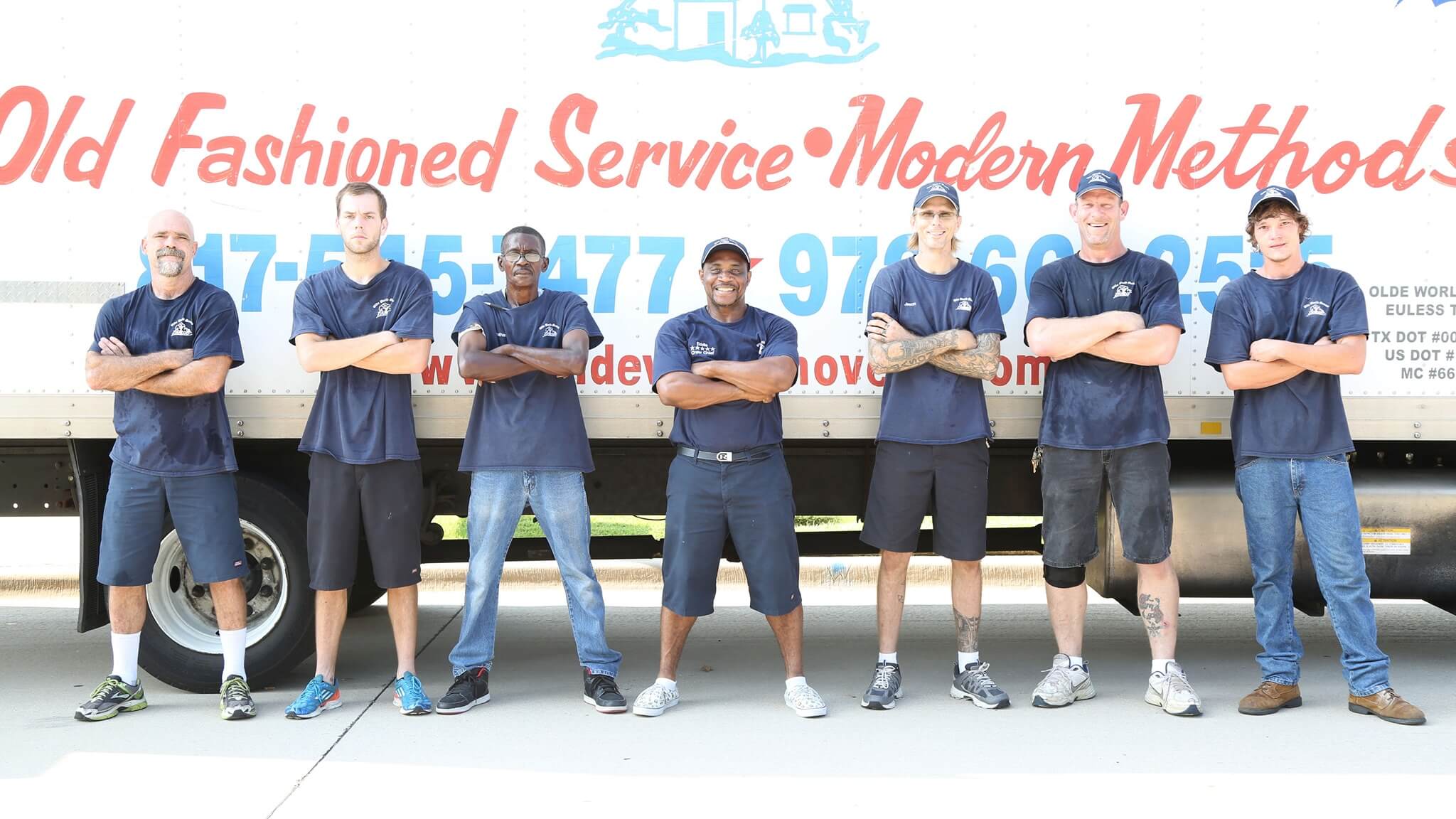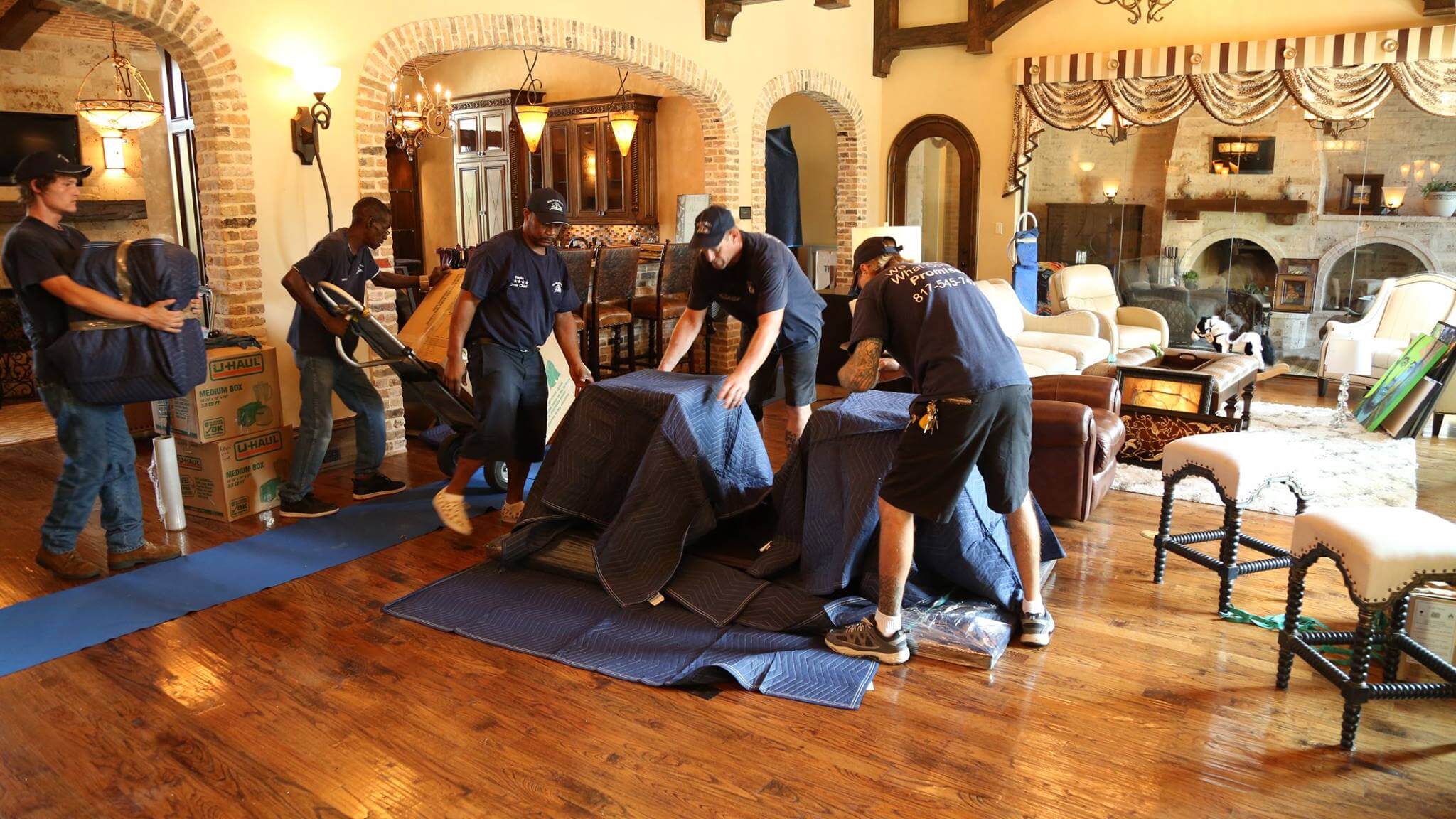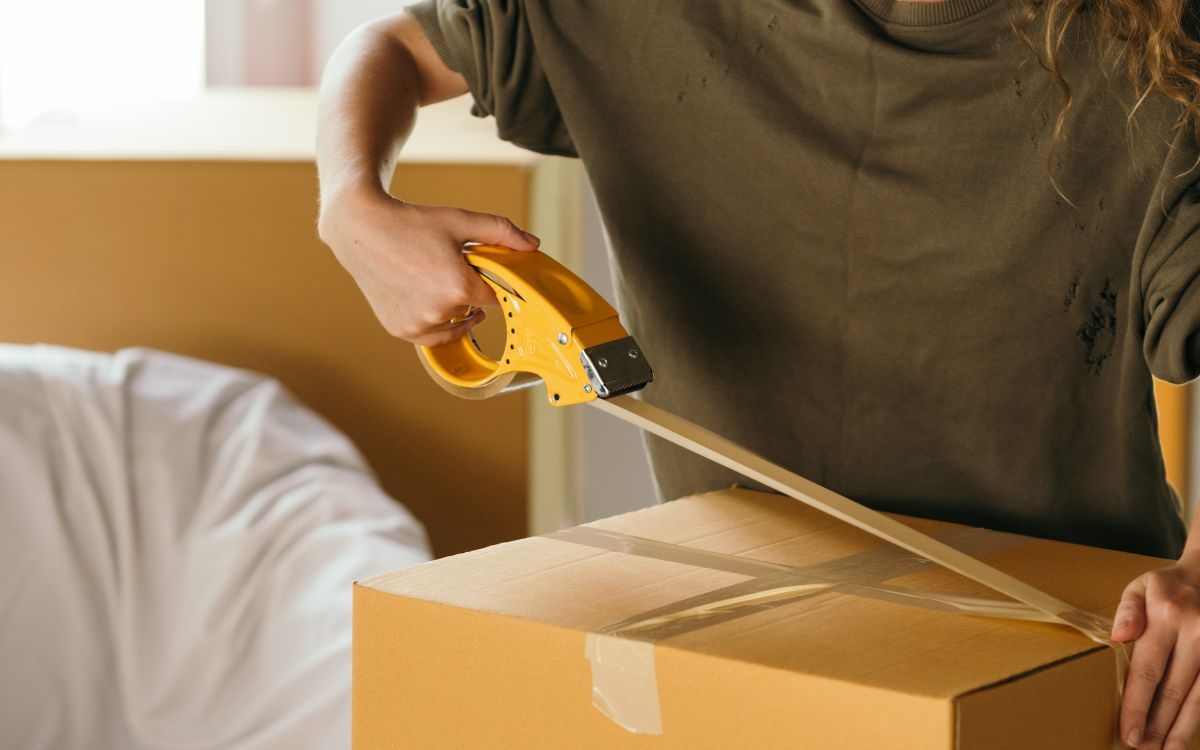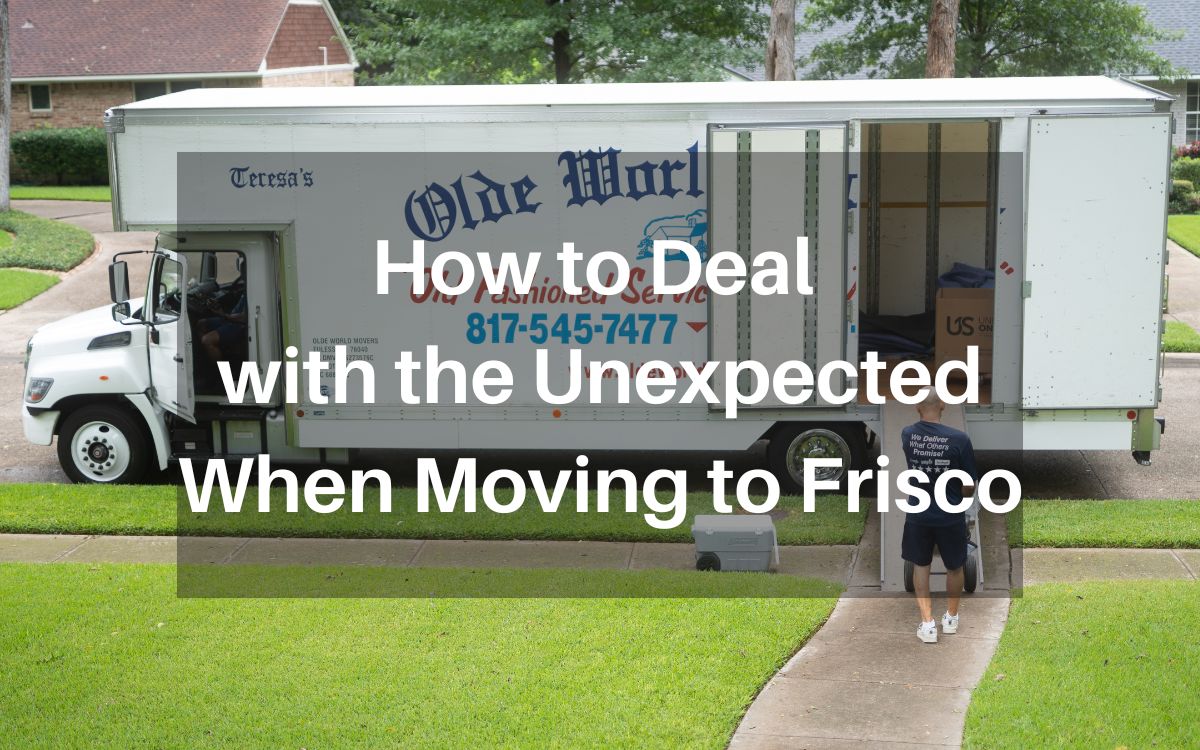You may not give much thought to how you will pack your knives when moving, but this is actually an important aspect you’ll want to brush up on. After all, you can’t just throw a bunch of knives in a box and seal it up. Try to start packing your knives earlier on so you can do it properly for the best protection.
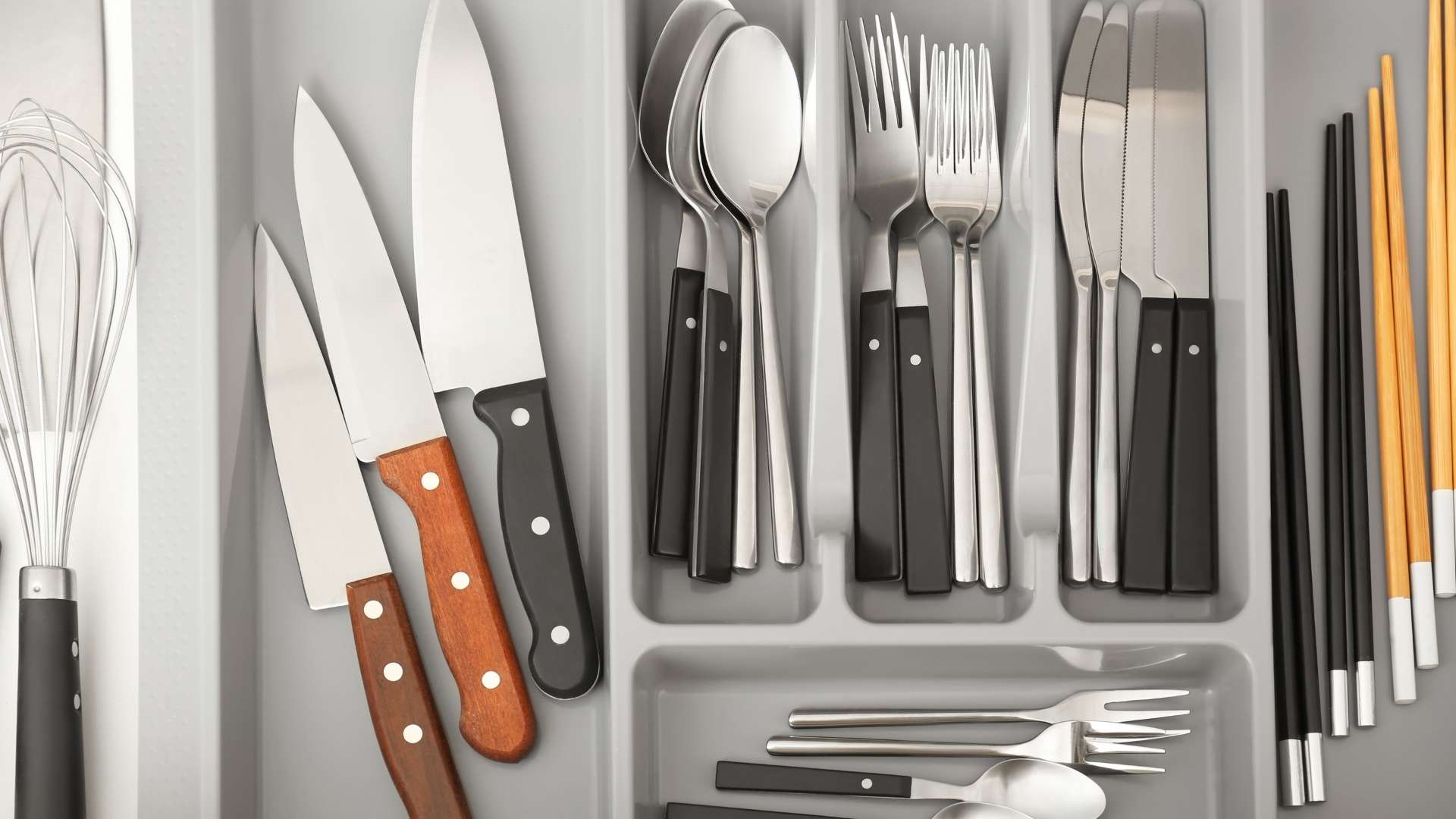
Here are some tips for how to pack kitchen knives for a move to Dallas or surrounding areas.
Create a Packing Timeline
This will guide you throughout the packing process from start to finish. Be clear about which rooms you’ll start packing first. Usually, the kitchen is one of the last rooms to pack up, but you may not need your knife collection every day. This means you can start packing those up beforehand without missing too much. Just be sure to keep a couple of knives unpacked so you can cut your food up till Moving Day!
Kitchens are notoriously difficult to organize and pack, thanks to all the silverware, utensils, pots, pans, bowls, cups, dishes, glasses, jars, spices, small and large appliances, and of course knives.
Kitchen knives in particular are tough to pack, mostly due to the safety risks involved. Not only do their long and sharp blades pose a challenge, but they also feature a variety of sizes and lengths that also contribute to that challenge.
Risks of Packing Knives
There are many risks that come with packing knives, such as:
- Injuries: Cuts to the hand and fingers are the most common injuries involved in handling kitchen knives.
- Property damage: If you pack your knives incorrectly, those knives can cut through cardboard boxes and cause a lot of damage in transit or even to nearby boxes and other household items inside the truck, particularly furniture.
To avoid injury and damage, follow the steps below.
Types of Knives
There are many kinds of knives you may have for packing:
- Chef knife
- Utility knife
- Paring knife
- Bread knife
- Carving knife
- Cleaver
- Boning knife
- Filleting knife
- Salmon knife
- Peeling knife
- Tomato knife
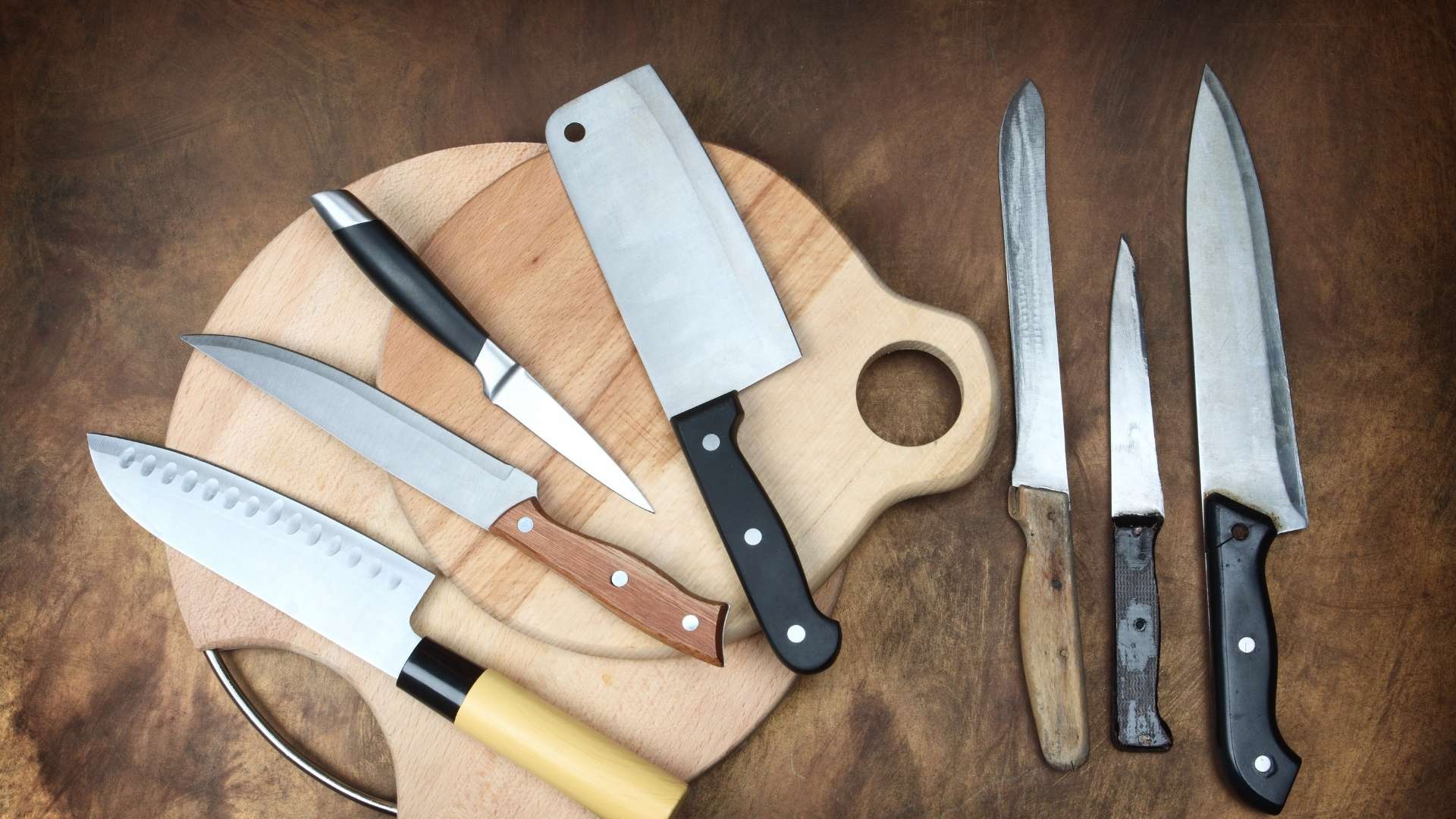
5 Steps to Packing Knives
Check out these steps when preparing to pack up your knives.
1. Gather Packing Supplies
For this task, you will need:
- Wrapping paper (white ink-free/acid-free packing paper)
- Bubble wrap
- Packing tape
- Painter’s tape
- Marker for labeling
2. Prepare Your Boxes
You’ll need a couple of small or medium sized boxes for your knives. Add crumpled packing paper at the bottom of your box for insulation. Line the inside of the box with bubble wrap as extra padding.
3. Inspect Knives Before Packing
No need to pack old knives that no longer cut well. This is a good time to go through your collection and get rid of any knives that you no longer need or want. Maybe some are too blunt, or maybe others have started to rust. Some may have partly-broken handles or chipped blades. Get rid of them now so you don’t have to worry about packing them.
4. Sort Knives by Size
Arrange all knives according to size so it’s easier to pack and wrap them. Group like-knives together, such as all bread knives together and all chef knives together.
5. Start Wrapping
Here are the wrapping steps:
- Place a stack of packing paper on a table.
- Position a knife at an angle toward the edge of the stack.
- Take three sheets of paper and roll them over the knife three or so times until completely wrapped.
- Place another knife next to that one, with the blade in the opposite direction.
- Wrap till that one is covered as well, and so on.
- Tuck in the ends of the stack.
- Secure with tape.
- Place bundle in box and keep filling until a third of the way full.
- Add packing paper to the top.
- Seal and label the box.
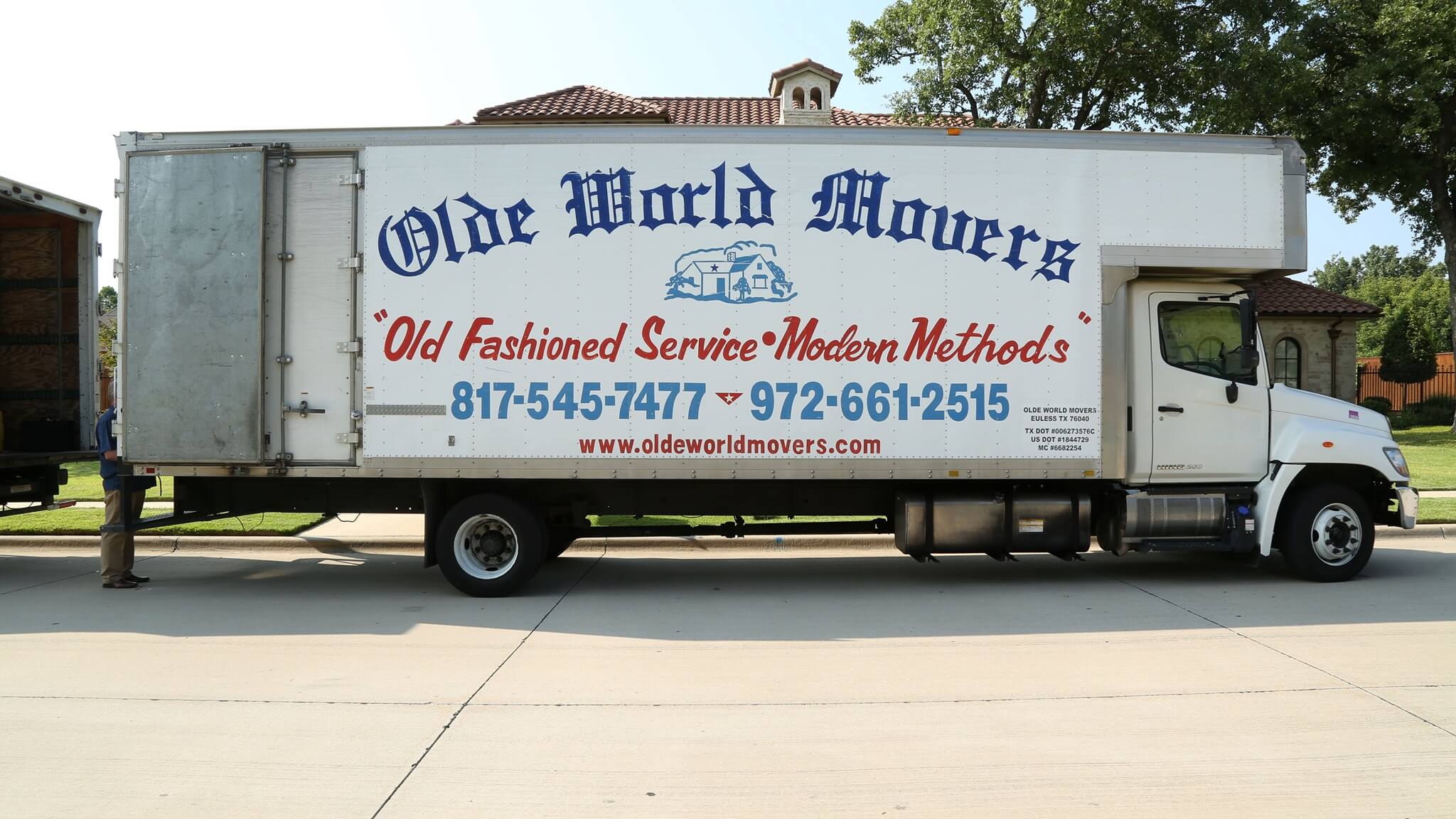
Packing a Knife Block
If you have a knife block, you’ll need to pack that one properly too.
- Place the knives inside the knife block and secure them with tape so they don’t slip out in transport.
- Place the tape at many different angles just to be safe.
- Use painter’s tape, not packing tape, which can leave residue marks.
- Place the knife block on the stack of wrapping paper.
- Completely wrap it from all four edges.
- Use plenty of sheets to cover it, using tape to secure it all. It’s better to use more paper than less to ensure total protection.
- Wrap the knife block in bubble wrap (at least a couple sheets).
- Secure it with packing tape.
- Place the knife block at the bottom of a box that you have taken the time to pad with packing paper. If you have a lot of room left, it’s OK to pack other small kitchen items in here as well, such as silverware, gadgets or glasses. It’s better to fill the box a bit more so no shifting occurs. Label the box in detail to make it easier on yourself when unpacking.
Packing kitchen knives for moving may not seem like the most complicated part of the process, but it does require TLC. This is one area you can’t skimp on. If you don’t want to handle this process yourself, hire your movers to do it for you.
Contact Olde World Movers
Here at Olde World Movers, we offer packing as one of our services. From assessment and planning to wrapping and labeling, we do it all. We even offer storage if you don’t need your items right away. To get a free quote on packing in Dallas, contact us today. We would be happy to pack your kitchen knives and any other items that are posing a particular challenge for you as you plan your relocation.
